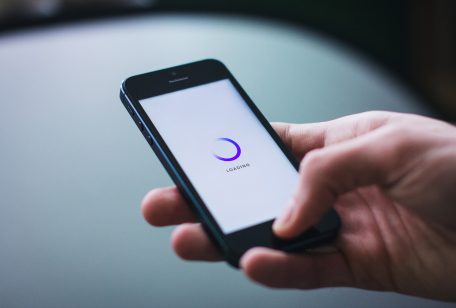
MDC Newsroom
The Internet of Things is not a new issue, in the industry, it has resonated in the last five years, and it is a great challenge for companies in the sector and for companies that require their services to offer solutions to end users.
A study by Cisco indicates that in 2021 there will be 4.6 billion users connected to the Internet and 27.1 billion connected devices. The Internet of things is emerging as the third wave in the development of connected Internet. Advances in the cost of sensors, processing power and bandwidth to connect devices are enabling ubiquitous connections in areas such as wearables, automobiles, homes, cities, and industrials.
The IoT will generate full amounts of unstructured data. The availability of big data analysis and predictive intelligence are considered vital factors to convert the data into useful information. As the amount of data collected by connected devices grows, more investment from telecommunications companies in analytical platforms and visualization technologies is expected, which will allow companies to give meaning and form to this information.
According to the latest study conducted by Counterpoint Research, global IoT cellular connections reach 5 billion by 2025 and China will continue to lead almost two-thirds of those connections, as it is currently the largest IoT market in the world.
Another fundamental issue is that NB-IoT will become the dominant connectivity technology. According to the Federal Communications Commission (FCC), NarrowBand IoT or NB-IoT is a technology that provides better network coverage to facilitate communications between things, as well as large amounts of simultaneous connections and most importantly, all with consumption of shallow energy.
The standard allows transfers of up to 250 kbit / s and a latency of between 1.6 and 10 seconds, its coverage is higher and, depending on the use, the battery of the chips can be extended up to 10 years. The GSM Association (Global System for Mobile Communications) known by its acronym in English as GSMA ensures that, with the support of leading manufacturers, NB-IoT can coexist with mobile networks 2G, 3G, and 4G.
What will be the distribution of the connections?
- 2G IoT connections will occupy less than 1% of global IoT cellular connections at this time, as NB-IoT increasingly replaces them.
- 3G IoT connections face the same destination as 2G. However, 3G will be extinguished much faster than 2G.
- The 4G LTE IoT connections (high bandwidth and low latency) will grow at a much faster rate until 2022, due to the global adoption of LTE Advanced and Advanced Pro.
Since the industry is expected to upgrade from 4G LTE to 5G by 2020 seamlessly, 4G LTE IoT connections will contain a little more than a third of global IoT cellular connections by 2025, Counterpoint said.
The Counterpoint Research study also states that NB-IoT will dominate the market with 45% of global IoT cellular connections by 2025, due to the wide variety of application opportunities and the faster adoption rates in the general ecosystem.








